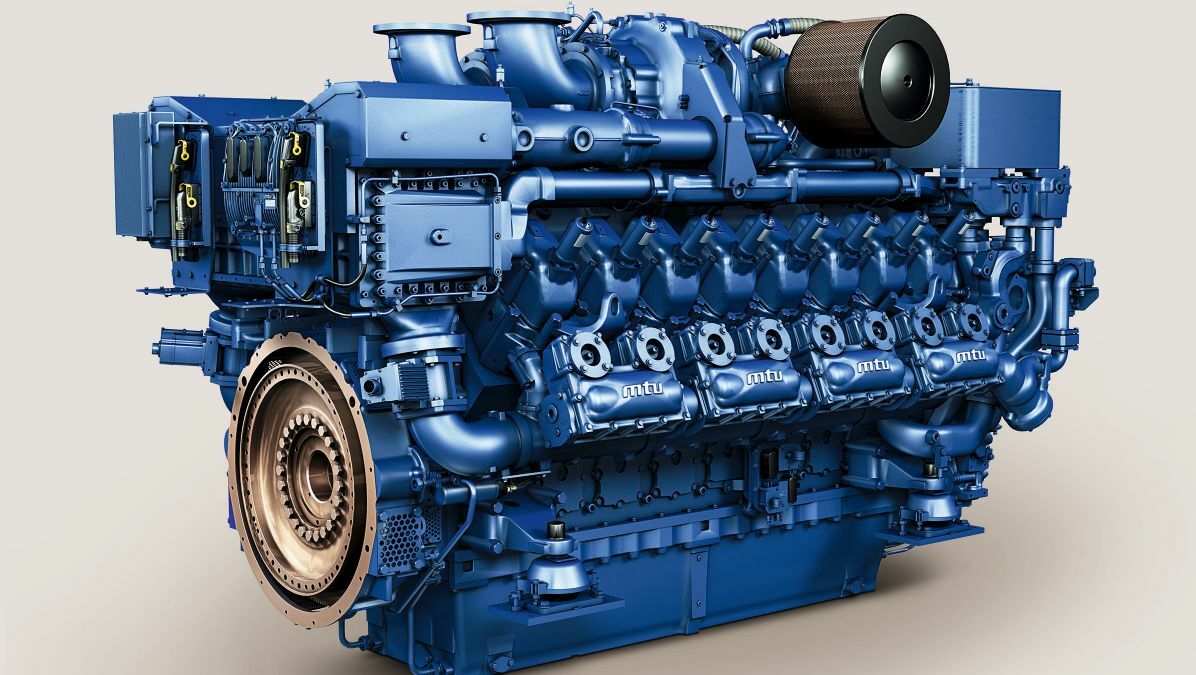Auto Parts Store Offering Engines for Africa: Your Source for Quality Vehicle Components
Auto Parts Store Offering Engines for Africa: Your Source for Quality Vehicle Components
Blog Article
The Mission for Ultimate Driving Power: Investigating the Peak of Engine Performance and Technological Breakthroughs in the Automotive Industry
In the world of vehicle design, the quest of optimum driving power has been an unrelenting mission that has unfolded with the evolution of engine design and the assimilation of advanced modern technologies. From the thorough workmanship of burning engines to the rapid improvements in electrical propulsion systems, the automotive field stands at the cusp of a brand-new age identified by unmatched efficiency abilities.
Advancement of Engine Layout

Additionally, the combination of turbocharging and turbo charging technologies has changed engine design by improving power without considerably increasing engine dimension. These forced induction systems press the consumption air, enabling even more gas to be combusted, thereby creating better power output from a smaller engine. This innovation has actually been particularly important in enhancing the performance of smaller displacement engines while preserving gas efficiency requirements.

Performance-Enhancing Fuel Technologies
The execution of advanced gas modern technologies has significantly contributed to improving engine efficiency in modern automobiles. Biofuels, acquired from renewable resources like corn, algae, or sugarcane, deal boosted and decreased discharges engine efficiency. Furthermore, gas ingredients and detergents are being formulated to clean engine components, maximize burning, and decrease friction, therefore boosting general lorry performance.
Innovations in Electric Propulsion
Significant strides in electric propulsion technology have changed the automobile sector, leading the way for a new era of efficient and lasting transport. Electric cars (EVs) are gaining appeal because of their ecological benefits and innovations in battery modern technology, allowing longer driving varieties and much shorter charging times. Manufacturers are investing greatly in r & d to enhance the efficiency of electrical propulsion systems, concentrating on raising power result, enhancing energy effectiveness, and minimizing overall weight.
One notable breakthrough in electrical propulsion is the advancement of sophisticated electric motors that deliver greater torque and power density, resulting in boosted velocity and overall driving efficiency. Furthermore, regenerative braking systems have been improved to record and keep energy during deceleration, more increasing the effectiveness of EVs.
Furthermore, the integration of clever innovations, such as expert system and predictive analytics, is maximizing the administration of electric propulsion systems, making certain ideal efficiency under different driving problems. These innovations in electric propulsion are reshaping the auto landscape, driving the industry in the direction of a more lasting and electrified future.
Impact of Computational Liquid Dynamics
With improvements in electrical propulsion pushing the borders of automobile modern technology, the combination of Computational Liquid Dynamics is playing an essential role in enhancing wind resistant efficiency and enhancing general efficiency in car layout. Computational Fluid Dynamics (CFD) includes using computer simulations to assess the flow of air around an automobile, making it possible for engineers to predict just how design modifications will certainly influence the rules of aerodynamics without the need for expensive physical models. By accurately modeling air flow patterns, CFD enables the improvement of lorry shapes to minimize drag, boost air conditioning, and enhance stability.
CFD enables designers to enhance air flow around components why not look here such as radiators, engine bays, and wheel wells, contributing to boosted efficiency and general driving experience. In conclusion, the assimilation of Computational Liquid Dynamics represents a significant action ahead in the quest for utmost driving power and effectiveness in the automotive sector.
Future Fads in Engine Advancement
In the dynamic landscape of auto engineering, advanced advancements are forming the future trajectory of engine development. The future of engine this hyperlink design is noted by a strong focus on sustainability, performance, and efficiency. Suppliers are progressively concentrating on developing engines that not just supply high power outcomes but additionally prioritize ecological duty by decreasing exhausts and enhancing gas efficiency.
One popular fad in engine innovation is the increase of electrification. Hybrid and electrical powertrains are gaining traction as feasible choices to conventional combustion engines. These innovations supply the potential for considerable decreases in carbon exhausts and raised power performance, aligning with global efforts to deal with climate adjustment.
Additionally, advancements in materials science and production strategies are enabling the production of lighter and a lot more long lasting engine elements. This shift in the direction of lightweight products such as carbon fiber and aluminum alloys adds to boosted efficiency and fuel economic climate.
Final Thought
In verdict, the quest of utmost driving power in the auto field proceeds to drive advancements in engine layout, fuel technologies, electric propulsion, and computational fluid characteristics. The evolution of these modern technologies is forming the future of engine development, leading the way for much more efficient and effective cars (engines for africa). As the industry remains to push the boundaries of what is feasible, we can anticipate to see a lot more revolutionary developments in the pursuit for peak efficiency
One of the essential milestones in engine design advancement is the change from typical carbureted engines to modern-day fuel-injected systems. By exactly metering the fuel shipment to each cylinder, fuel-injected engines maximize combustion, resulting in better efficiency and reduced ecological impact.
Additionally, the integration of turbocharging and supercharging modern technologies has changed engine design by enhancing power without dramatically Full Report raising engine dimension (engines for africa).The application of sophisticated fuel modern technologies has dramatically contributed to improving engine performance in modern-day cars. In addition, gas additives and cleaning agents are being formulated to clean engine parts, enhance burning, and decrease friction, therefore improving total car efficiency
Report this page